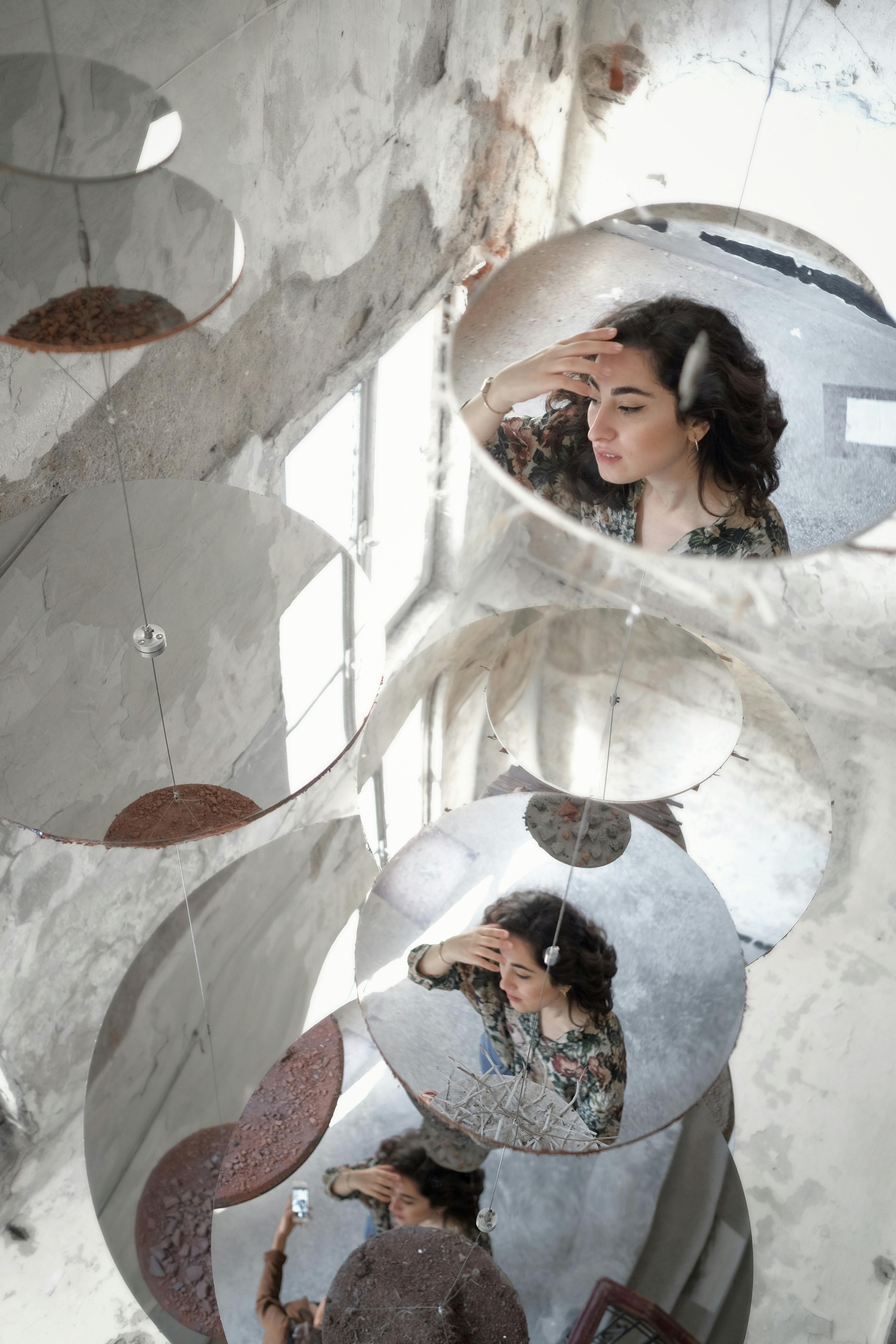The Mystique of Monochromatic Murals in Modern Homes
The world of interior design is witnessing a captivating trend that's transforming living spaces into canvases of artistic expression. Monochromatic murals, once relegated to public spaces and galleries, are now making a bold statement in residential interiors. This avant-garde approach to wall decoration is redefining the concept of accent walls, offering homeowners a unique way to infuse personality and depth into their living environments.

The Genesis of Monochromatic Murals
The concept of monochromatic murals finds its roots in the art world, where artists have long explored the power of single-color palettes to evoke emotions and create visual impact. In the realm of interior design, this technique has evolved from simple accent walls to elaborate, room-spanning artworks that serve as the focal point of a space.
Historically, murals have been used to tell stories, commemorate events, or simply beautify spaces. The shift towards monochromatic designs in home interiors represents a modern interpretation of this age-old art form, blending contemporary aesthetics with timeless artistic principles.
The Psychology of Color in Monochrome
The power of monochromatic murals lies in their ability to create a cohesive and immersive environment. By limiting the color palette, these murals allow for a deeper exploration of texture, form, and light. Each shade within the chosen color spectrum plays a crucial role in creating depth and dimension.
Psychologists have long studied the effects of color on mood and behavior. In the context of monochromatic murals, the chosen color can significantly influence the atmosphere of a room. For instance, shades of blue can create a calming effect, ideal for bedrooms or meditation spaces, while vibrant yellows can energize a home office or creative studio.
Techniques and Styles in Monochromatic Mural Design
The creation of a monochromatic mural is an art form in itself, requiring skill, creativity, and a deep understanding of color theory. Artists and designers employ various techniques to bring these murals to life, each offering a unique aesthetic and feel.
One popular approach is the use of gradients, where the mural transitions smoothly from light to dark shades of the chosen color. This technique can create a sense of movement and depth, making the wall appear to recede or advance. Another method involves the use of patterns or geometric shapes, where different tones of the same color are used to create intricate designs.
Textural elements also play a crucial role in monochromatic murals. Artists may incorporate raised surfaces, mix matte and glossy finishes, or use materials like plaster to add a three-dimensional quality to the mural. These textural variations not only enhance the visual interest but also create dynamic light interactions throughout the day.
Integrating Monochromatic Murals into Home Design
Incorporating a monochromatic mural into a home requires careful consideration of the existing decor and the overall design aesthetic. These murals work particularly well in minimalist or contemporary interiors, where they can serve as a dramatic focal point without overwhelming the space.
When selecting a color for the mural, designers often consider the room’s function, natural light, and existing color scheme. In open-plan living areas, a monochromatic mural can help define different zones without the need for physical barriers. For smaller spaces, lighter shades can create an illusion of expansiveness.
Furniture and decor choices play a crucial role in complementing the mural. Designers often opt for neutral-toned furnishings that allow the mural to take center stage. Alternatively, selecting accent pieces in contrasting colors can create a dynamic interplay between the mural and the room’s other elements.
The Future of Monochromatic Murals in Home Design
As homeowners increasingly seek personalized and unique living spaces, the trend of monochromatic murals is likely to evolve and expand. We’re already seeing innovations in this space, such as the integration of smart lighting systems that can alter the mural’s appearance throughout the day or in response to mood settings.
Additionally, advancements in paint technology are opening up new possibilities for these murals. Heat-sensitive paints that change color with temperature fluctuations, or photochromic paints that react to light, offer exciting prospects for creating dynamic, ever-changing monochromatic murals.
The intersection of technology and art is also influencing this trend. Projection mapping techniques are being explored to create temporary or changeable monochromatic murals, allowing homeowners to update their space without permanent alterations.
In conclusion, monochromatic murals represent a bold and sophisticated approach to home decor, offering a perfect blend of artistry and interior design. As this trend continues to gain traction, we can expect to see more innovative applications and techniques, further blurring the lines between living spaces and works of art. The monochromatic mural is more than just a design choice; it’s a statement of personal style and a celebration of the transformative power of color in our homes.





